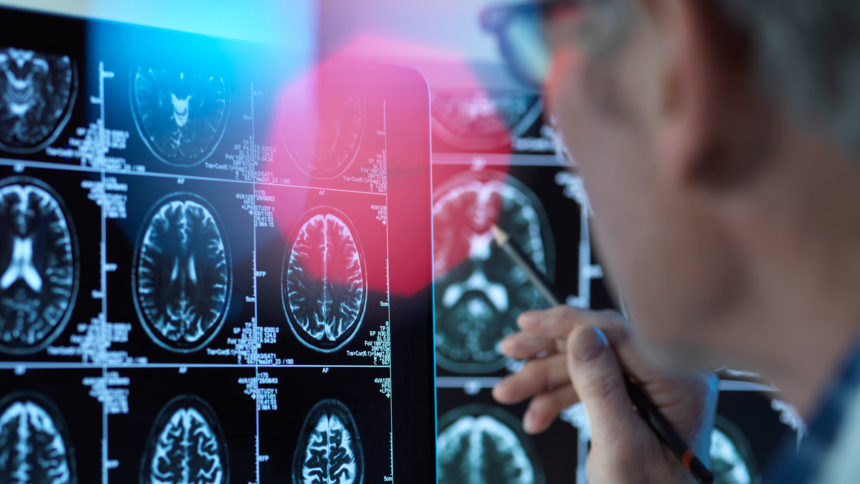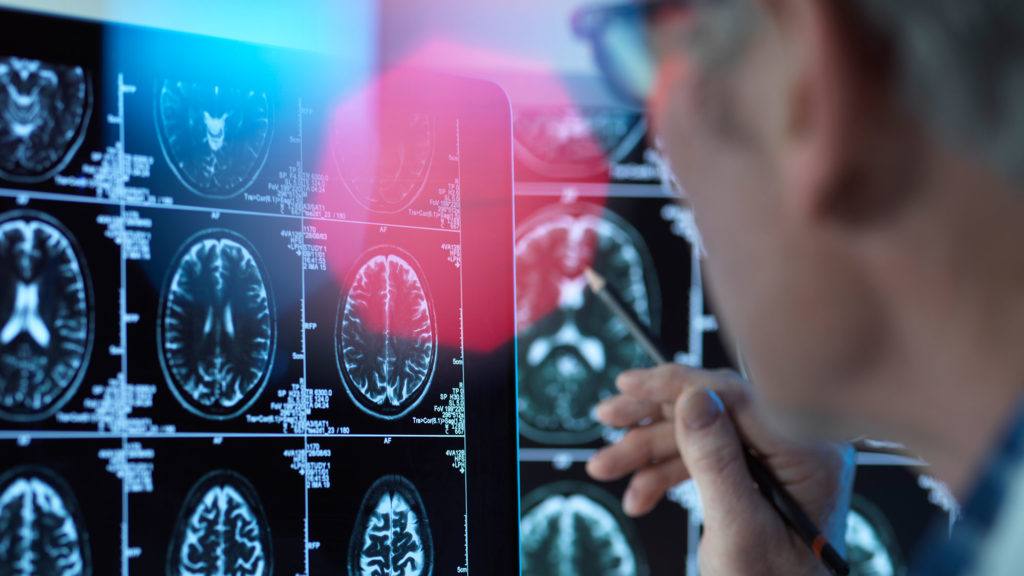

Federally funded research into ultrasound imaging technology is showing promise in the early detection of Alzheimer’s disease.
Researchers are trying to understand the complex relationship between Alzheimer’s disease and the brain’s vascular system.
Investigators from the Beckman Institute at the University of Illinois Urbana-Champaign received a two-year grant worth $421,500 from the National Institutes of Health to fund exploratory and early-stage research to develop ultrasound image methods for studying the neurovascular changes underlying Alzheimer’s disease.
“This ultrasound technology allows us to image the entire brain with a resolution that is high enough to resolve microvessels,” said Pengfei Song, an assistant professor of electrical and computer engineering and bioengineering at UIUC, and a member of the research team, in a news release. “Our imaging system is low-cost, mobile, and widely accessible. We believe that if our method gains traction, it may be rapidly adopted by the Alzheimer’s disease community.”
“There is an interplay between microvascular changes and Alzheimer’s disease,” Song said in the news release. “But the exact mechanism, especially the direction of the relationship between microvascular pathology and Alzheimer’s disease pathology, remains elusive. It is a hotly debated area — like a chicken-and-egg problem.”
Researchers hope their study into the relationship between microvascular and cognitive impairment could eventually aid in the early detection of Alzheimer’s disease. According to the Alzheimer’s Association, more than 6 million Americans are currently living with the disease.
“This collaboration allows our research group to keep a finger on the pulse of the true application for this technology, so that we can target the existing gap and address it,” Song said. “All these mysteries in Alzheimer’s disease will require tools to solve, and this new tool will provide new insights to this disease.”





